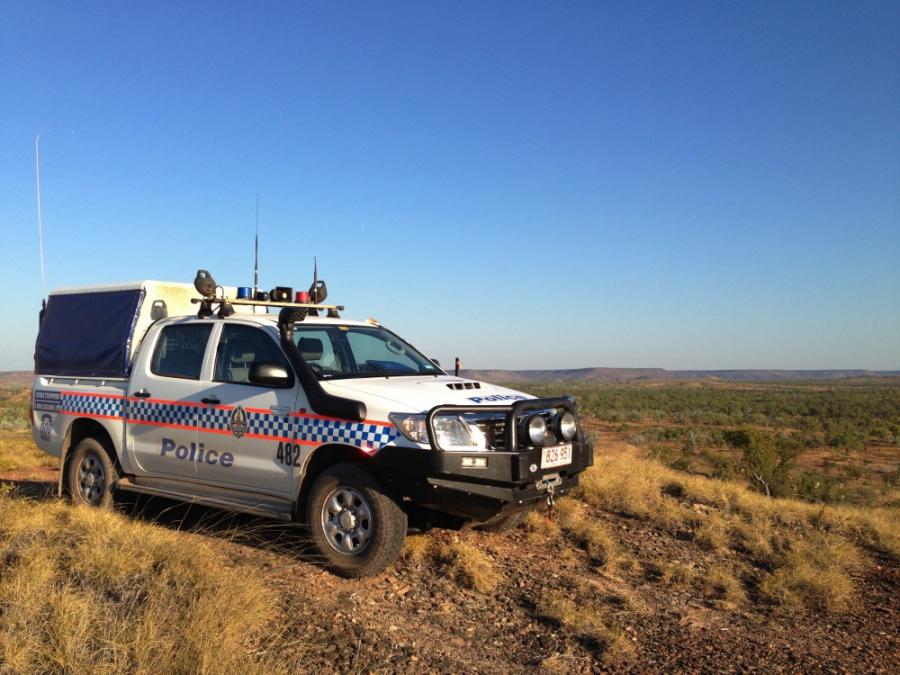
About
The beautiful Victoria River, running through deep valleys and gorges, is one of the Northern Territory's most scenic places to catch barramundi. Gregory National Park is Timber Creek’s backyard. Covering an area of approximately 13,000km², the park is home to red-rimmed escarpment ranges, plunging gorges and ancient boab trees.
Timber Creek is a small roadside town, near the Western Australia border on the Victoria Highway. Situated on the doorstep of the Gregory National Park in the Katherine region, the town features several attractions that preserve its rich pastoral and exploration heritage and fishing is one of Timber Creek's biggest draw cards.
BBQs are a major feature of police social life in Timber Creek. The Victoria River and other rivers in the district are noted for barramundi fishing. A number of fishing tournaments are held in the Victoria River district during the year.
There is an indoor sports centre at the community hall which has facilities for volleyball, basketball, badminton, and indoor cricket. There is also a cricket football and pony club. Use of the swimming pool at one of the caravan parks is free for locals.
- History and culture
Timber Creek is the traditional land of the Ngaliwurra Aboriginal people, who provided early European settlers with valuable bush knowledge and acted as guides for police. Throughout the region, Ngaringman is the main language except at Yarralin where it is Gurundji.
In 1855, the explorer Augustus Charles Gregory, financially backed by the Colonial Office, sailed from Moreton Bay, around the coast of Queensland and the Northern Territory and up the Victoria River. Gregory's boat was wrecked at the site of Timber Creek and it is claimed that Gregory named the site after cutting timber to repair his vessel.
The site of Gregory's camp, known as Gregory's Tree Reserve, can be found to the west of the town. The boab tree with the date '2 July 1856' clearly carved in it can be accessed from a track which runs from a cairn on the Victoria Highway to the tree at the riverside. Over a period of 8 months, Gregory with various numbers of the expedition explored large areas of the Victoria River catchments and penetrated nearly 500km south, along Sturt Creek, to the edge of the Great Sandy Desert.
Gregory was one of the many believers in an 'inland sea' within Australia’s centre. He explored the Elsey, Roper, and McArthur Rivers, in 16 months travelling more than 8,000km. The subsequent settlement of the area resulted in Timber Creek becoming an important port for the surrounding cattle stations particularly Victoria River Downs Station which was then the largest pastoral enterprise in Australia. The river was used until the 1930s when road transport made it redundant. A police station was first established in Timber Creek in 1898. Initially just a hut and a goat yard, the dwellings were upgraded to iron and steel in 1908, now the Timber Creek Police Station Museum.
Fire and Emergency Response Group
There is a Fire and Emergency Response Group (FERG) in Timber Creek. The FERG is an all volunteer group and are trained in bushfire fighting and road accident rescue.
The station houses a small pumping appliance which carries road accident rescue equipment. The volunteers are also trained in search and rescue procedures and flood boat operations.
Education
Timber Creek School caters for pre-school to year 9 and services the Timber Creek Community, which includes the township and communities of Myatt and Gilwi.
Health
The health centre is staffed by a doctor and 3 nurses, Monday to Friday, 8.00 to 16.30.
Attractions
- The old National Trust Timber Creek Police Station built in 1908
- Gregory National Park
- Victoria River boat tours depart from Timber Creek
- Gregory's Tree Historical Reserve
- Limestone Gorge and swimming hole
- Keep River National Park featuring Aboriginal rock art
- Bullita Outstation with stockyards, old homestead, and camping area

